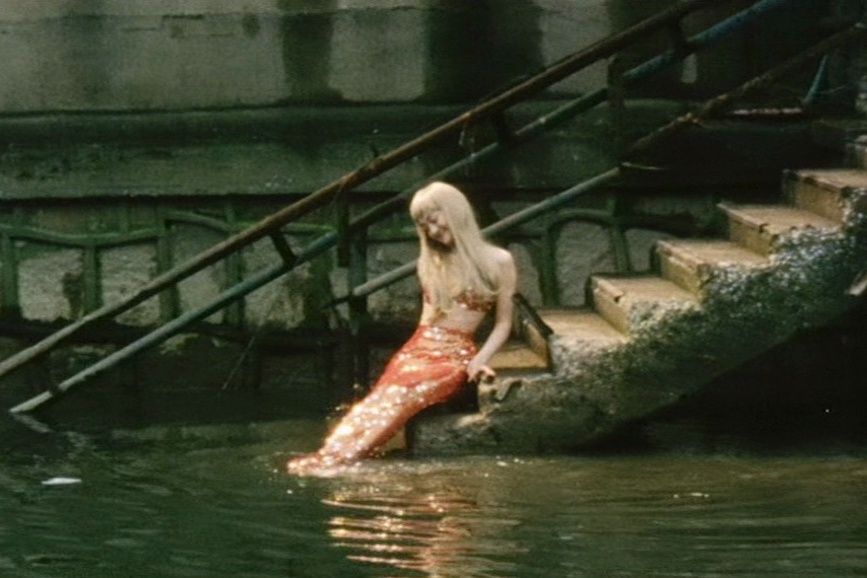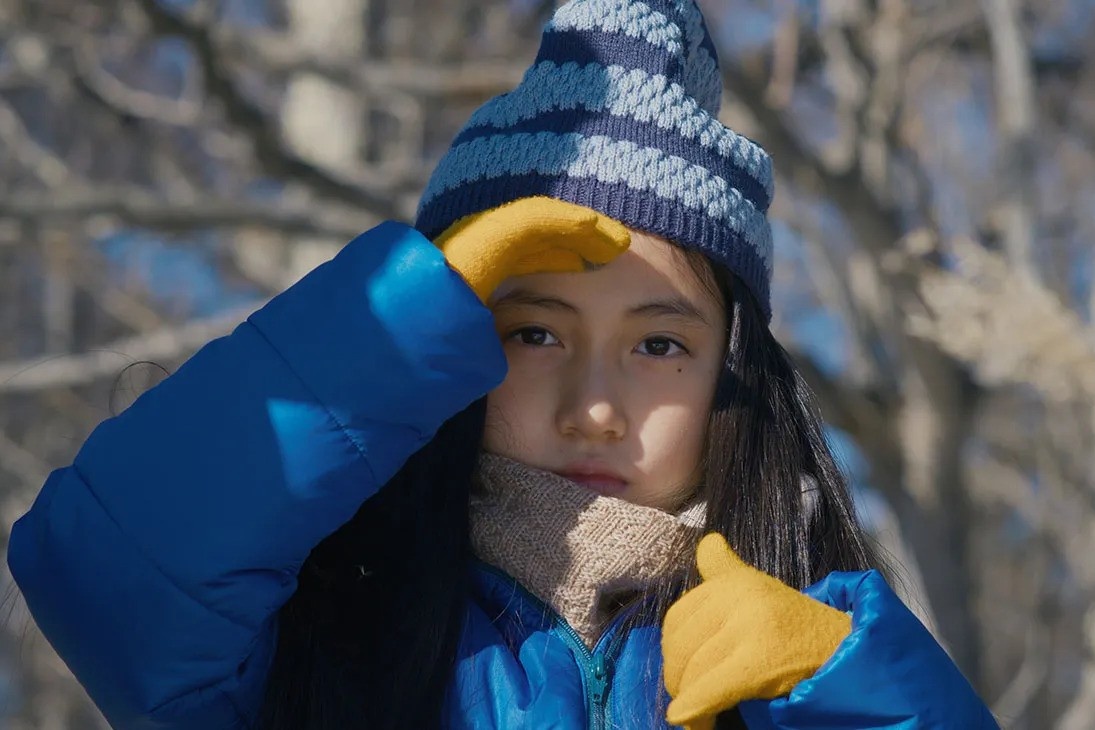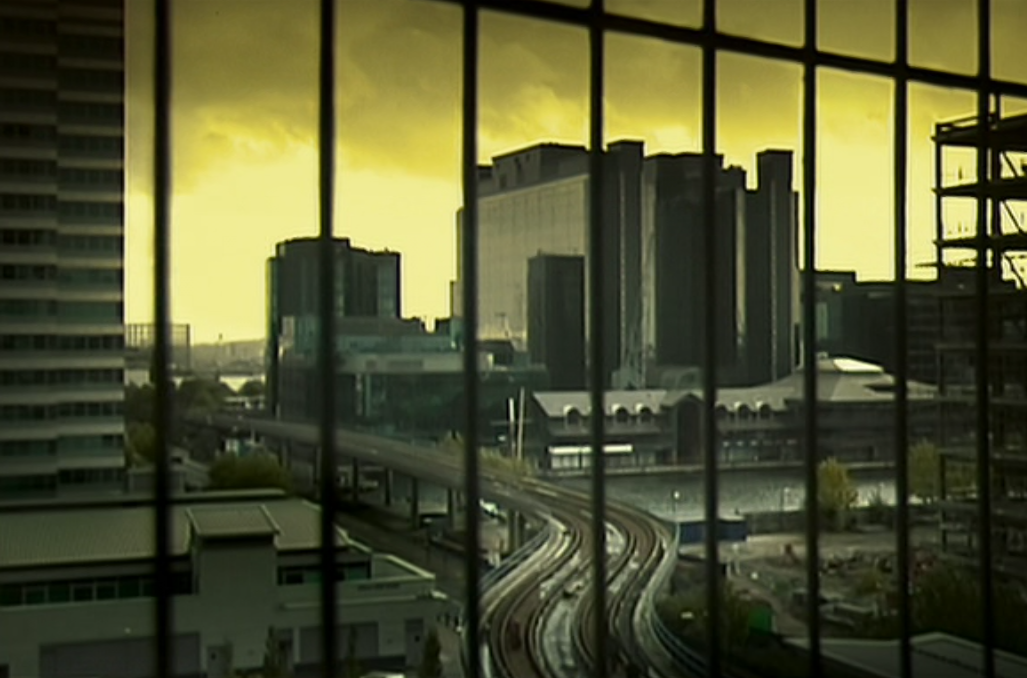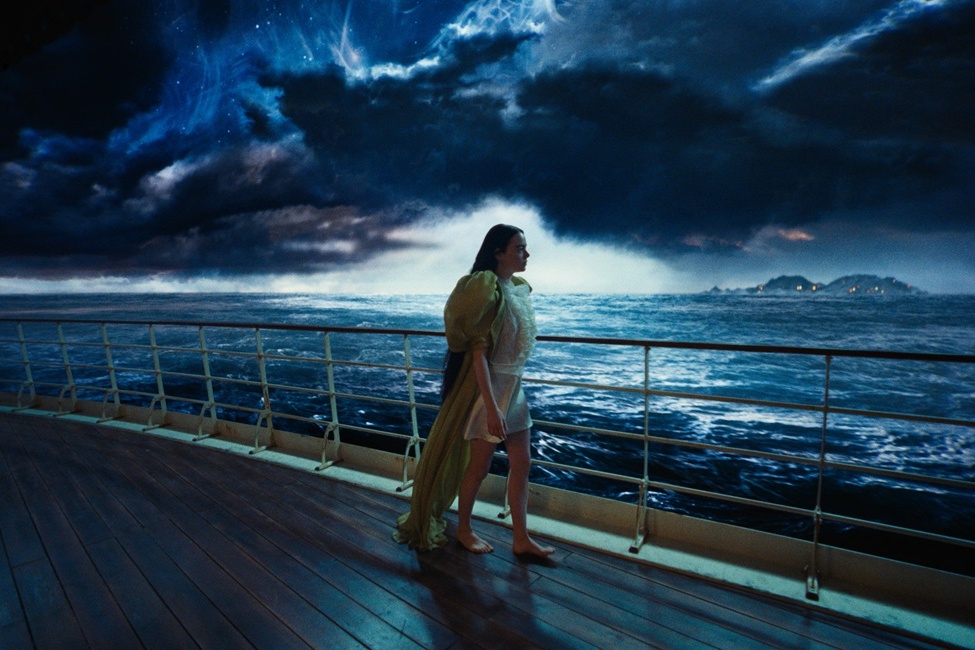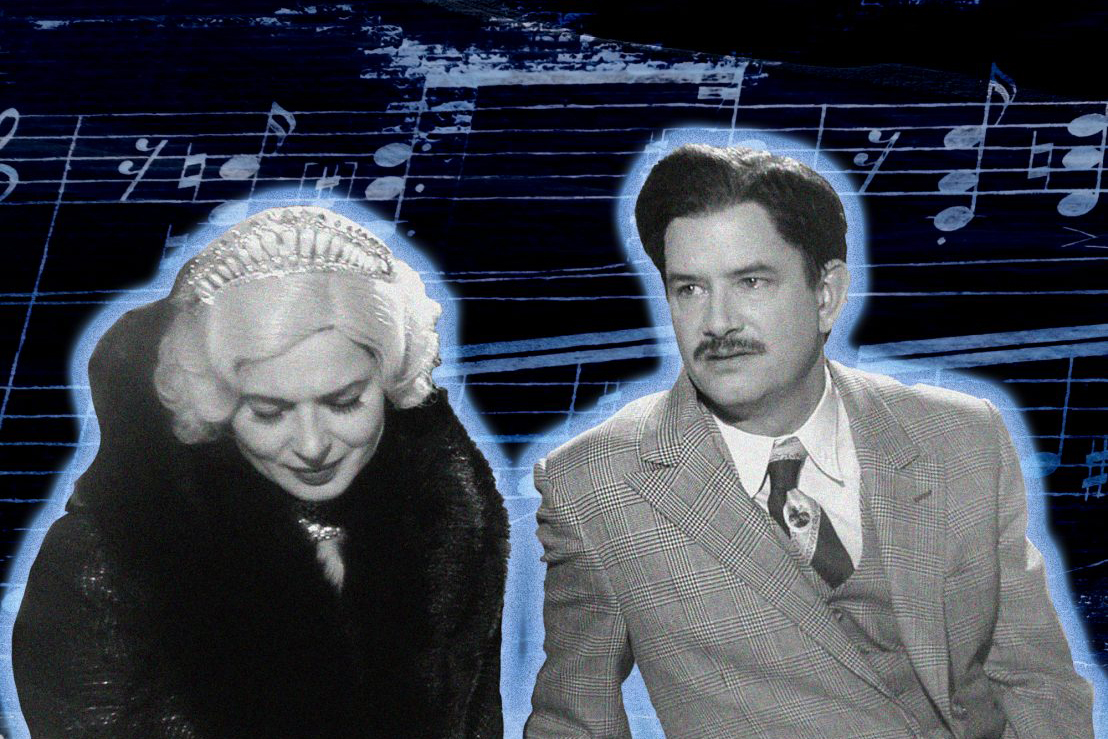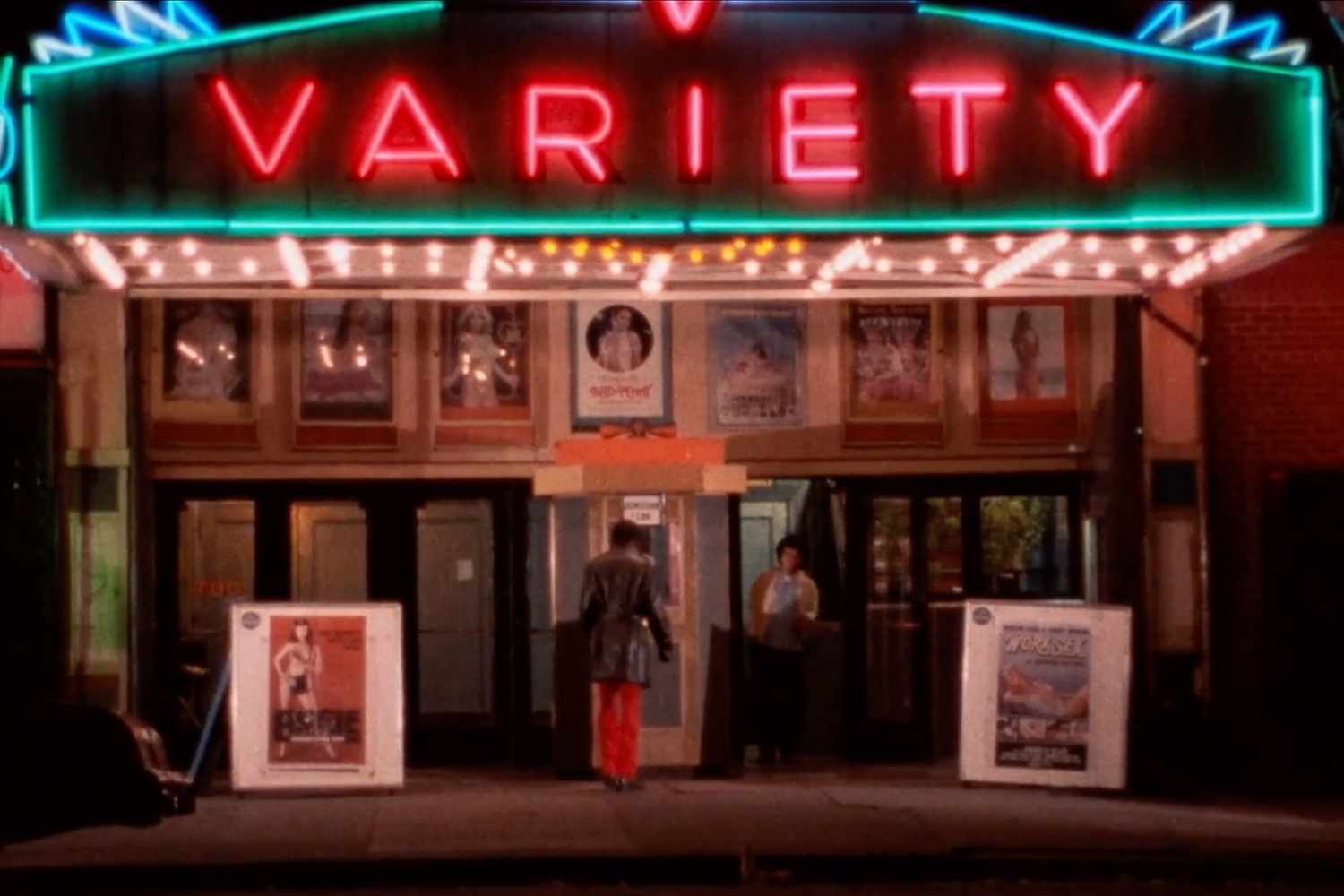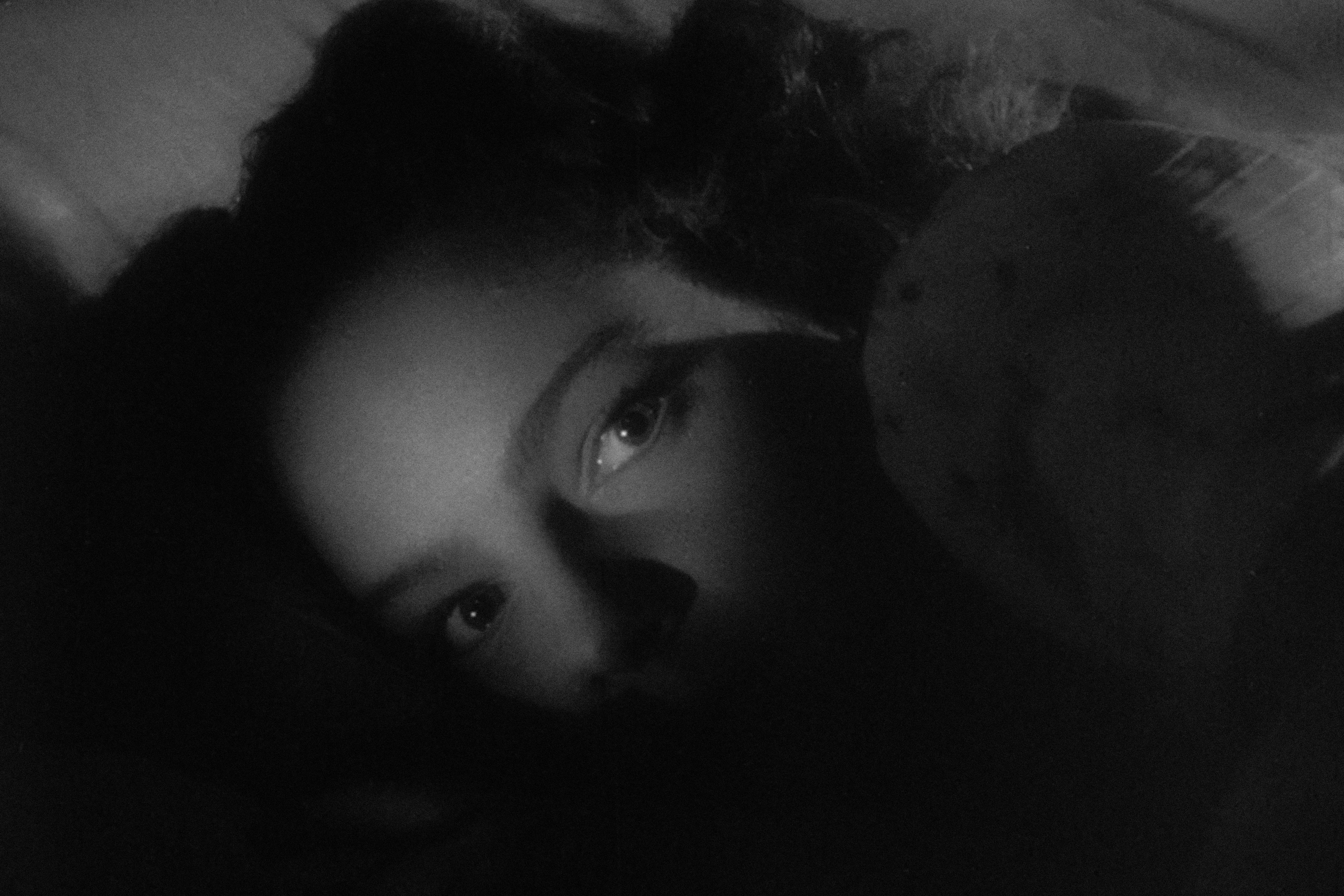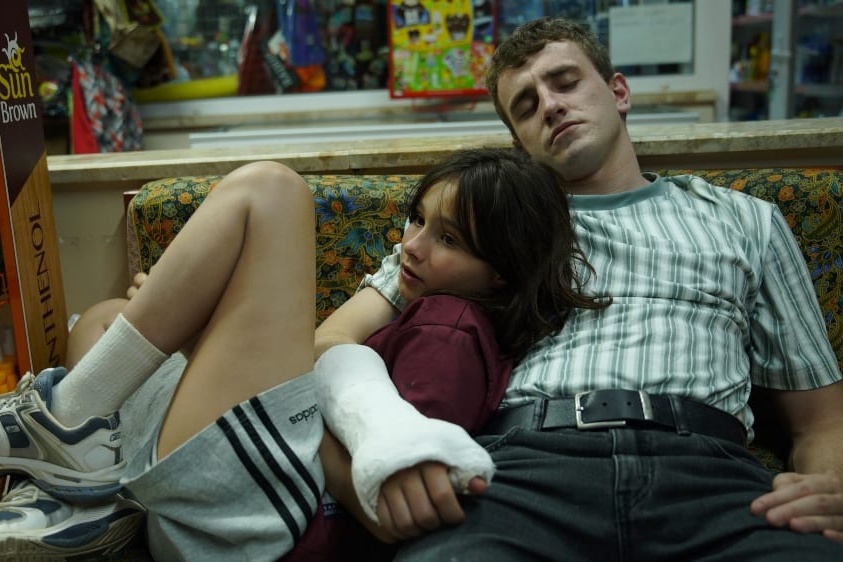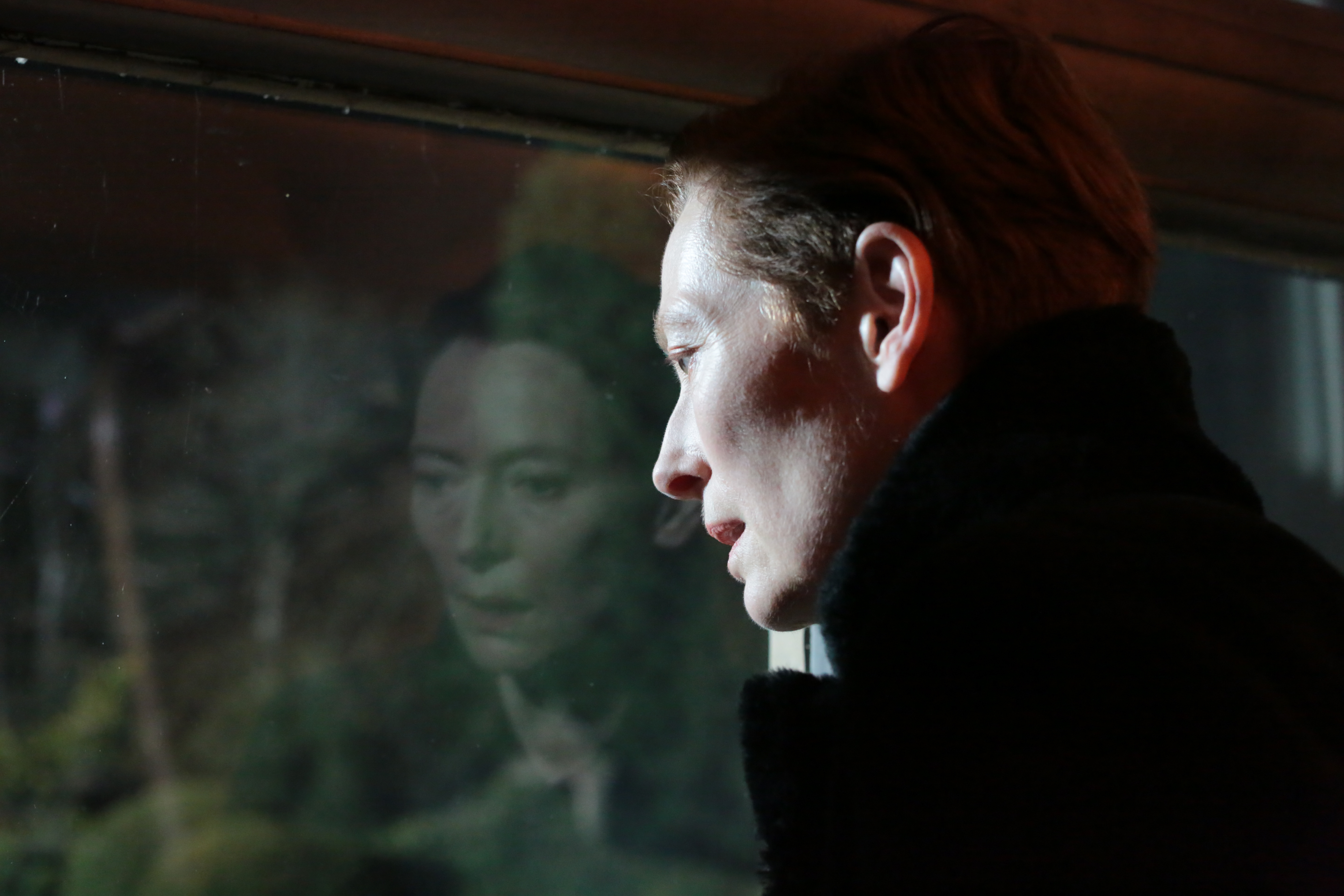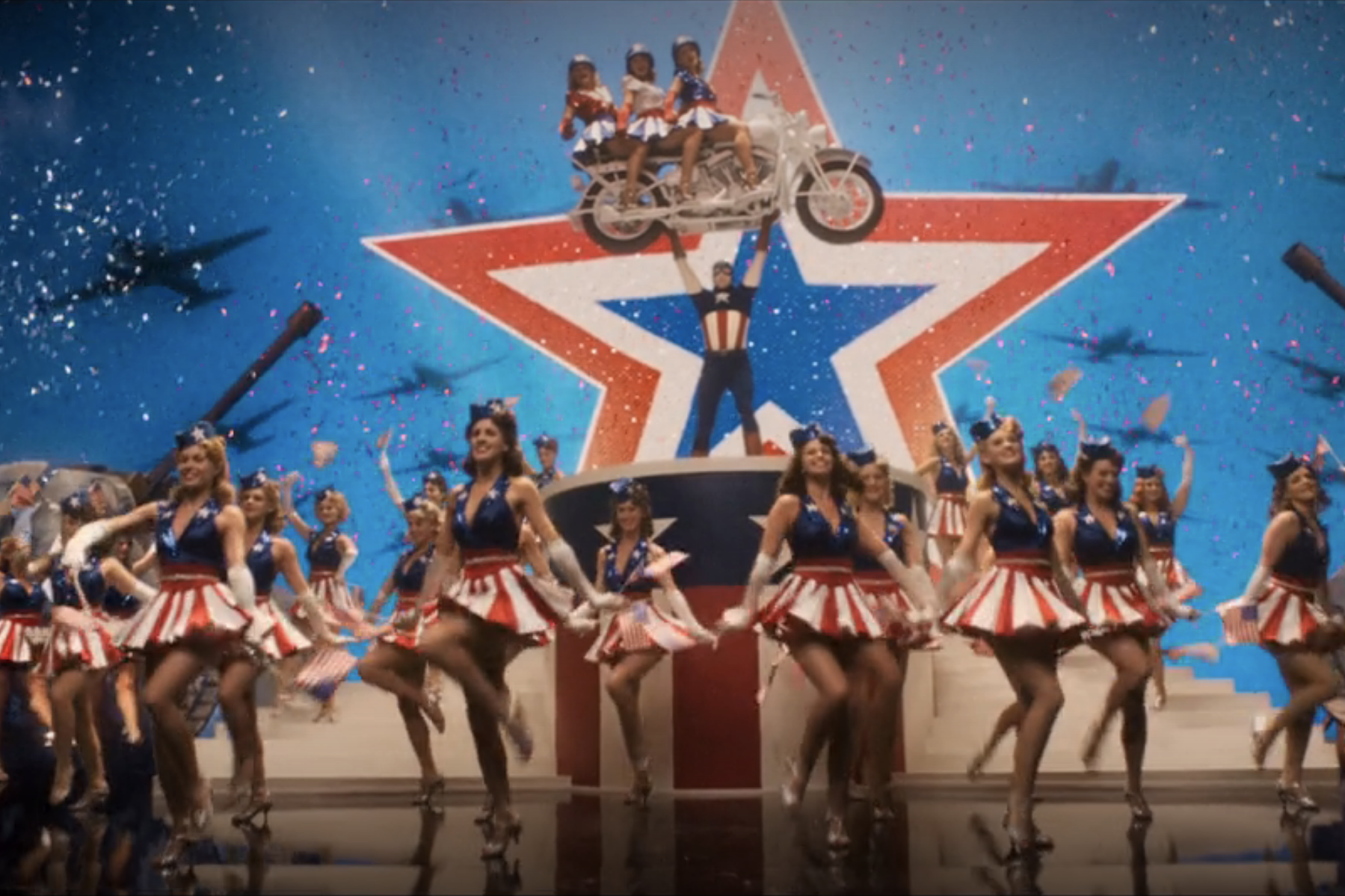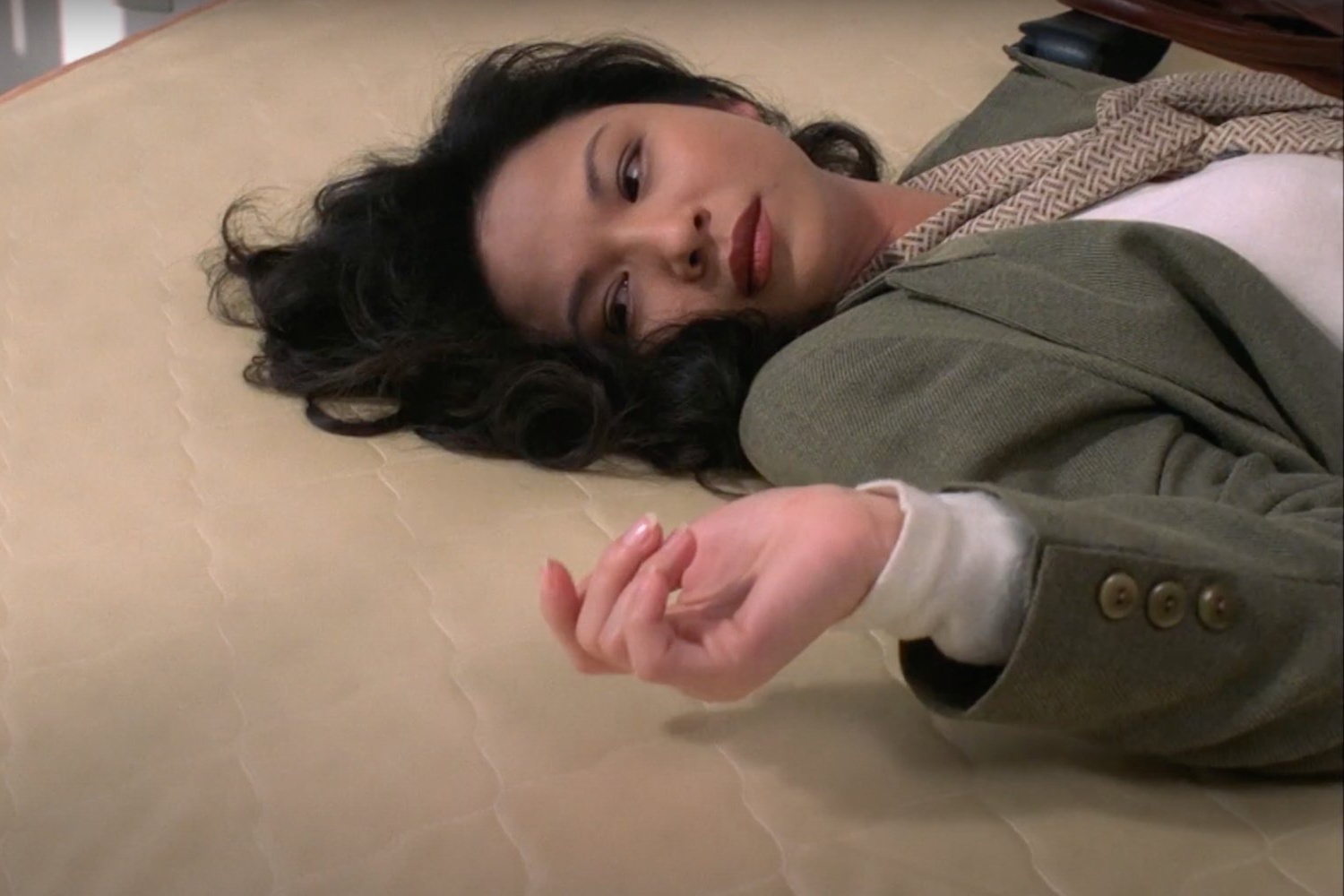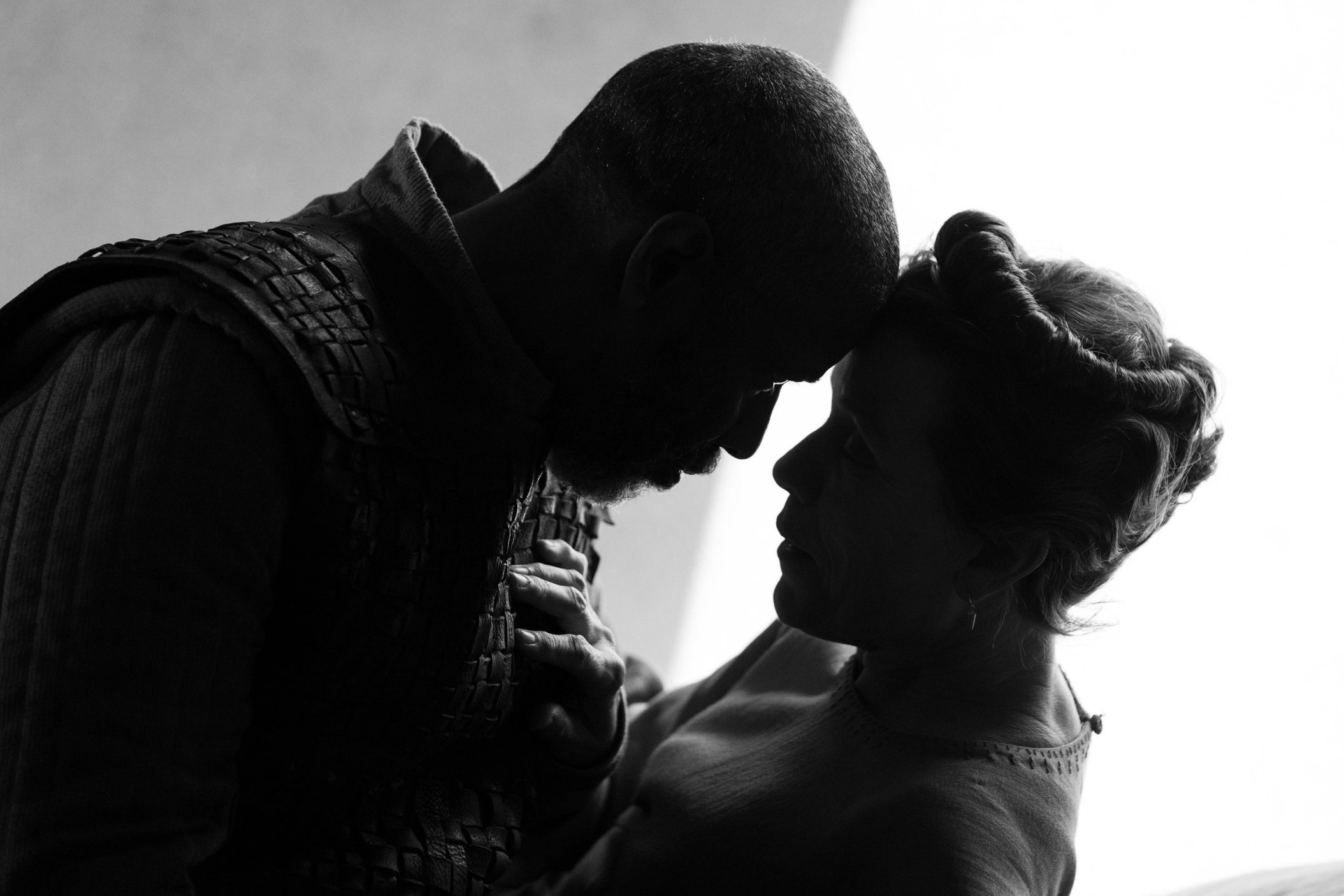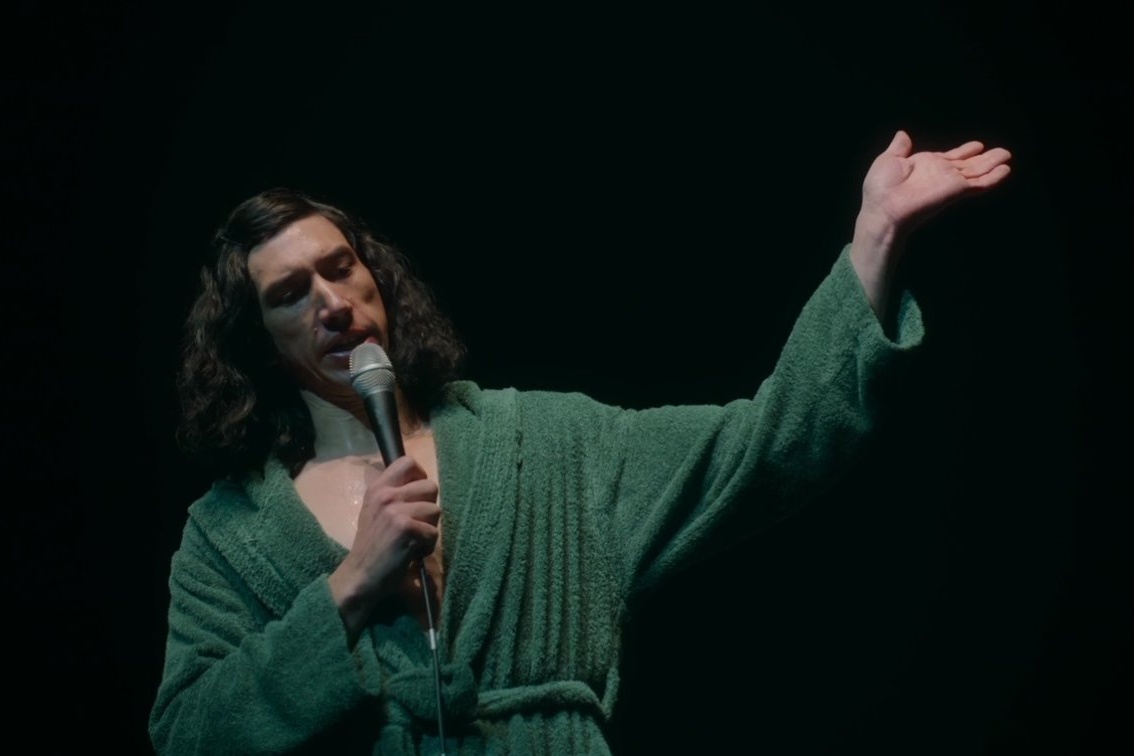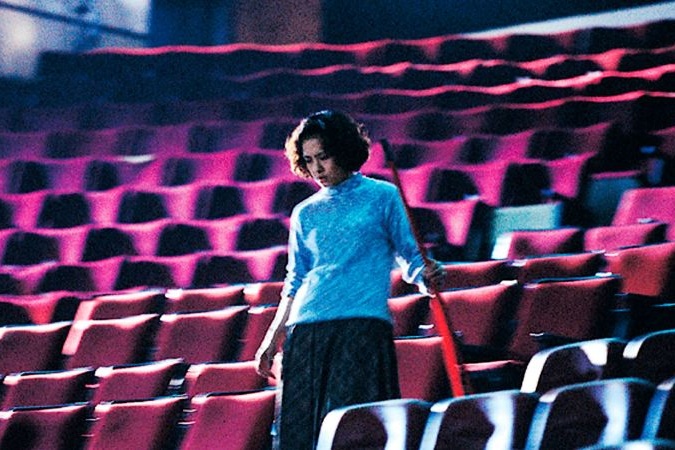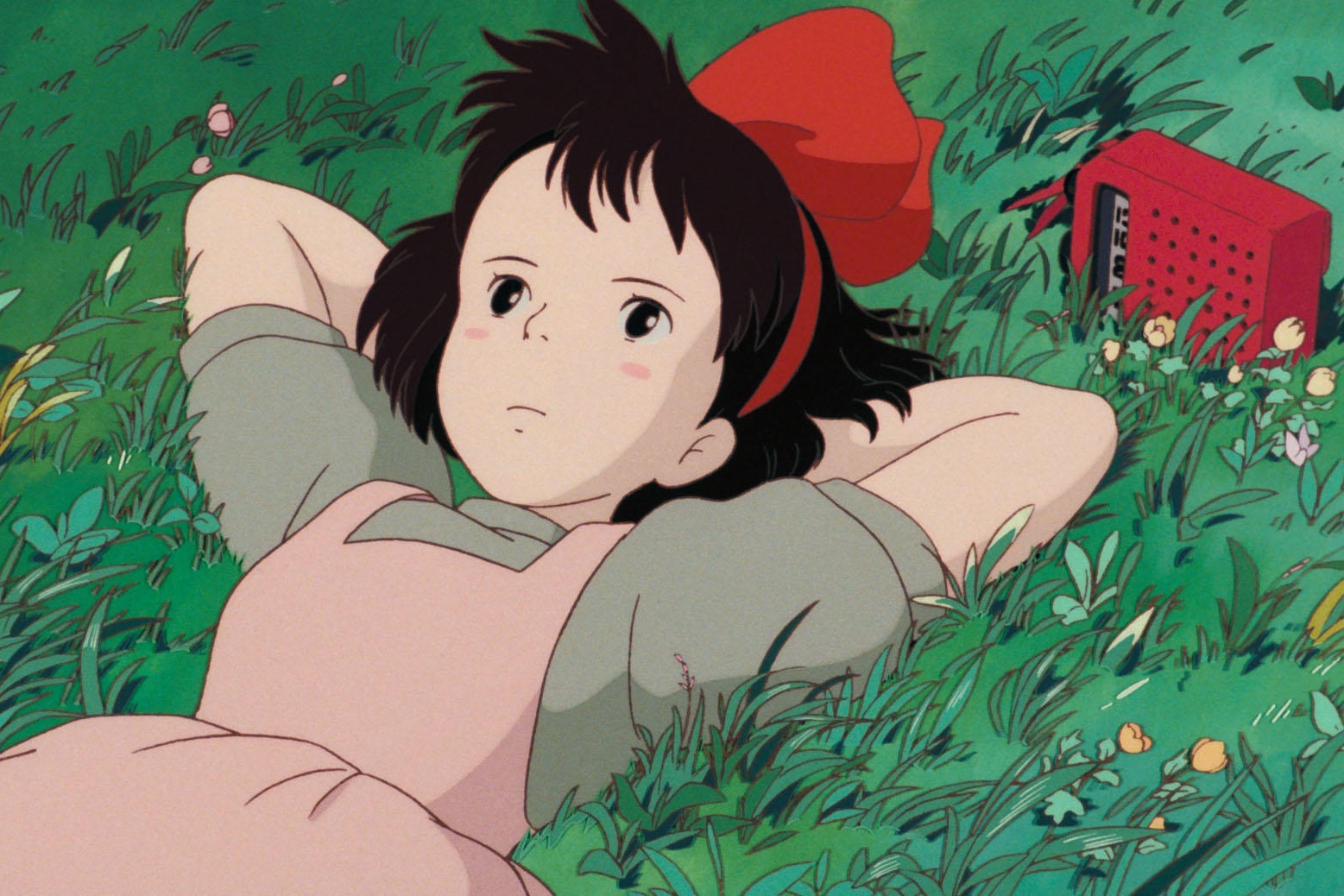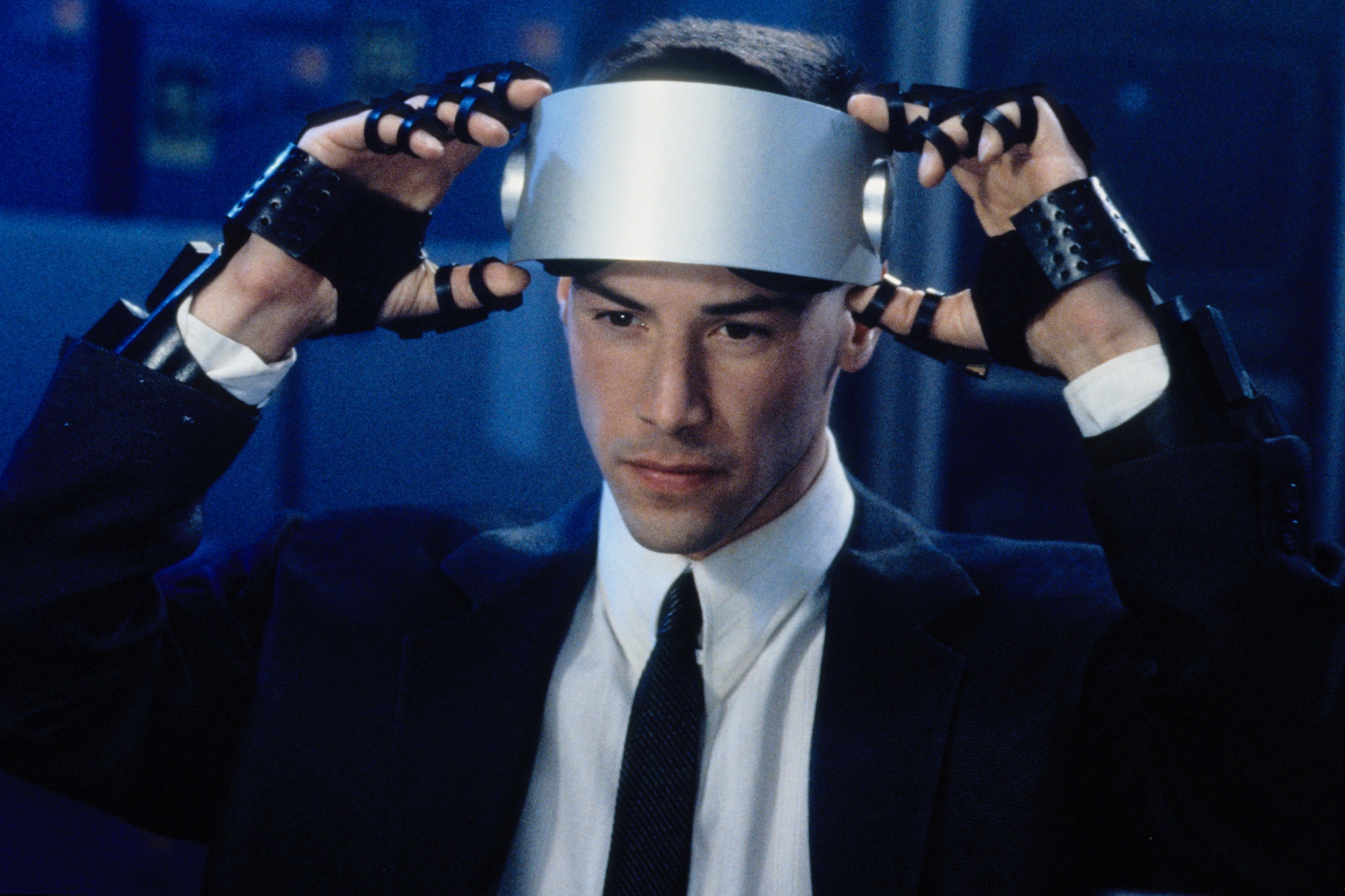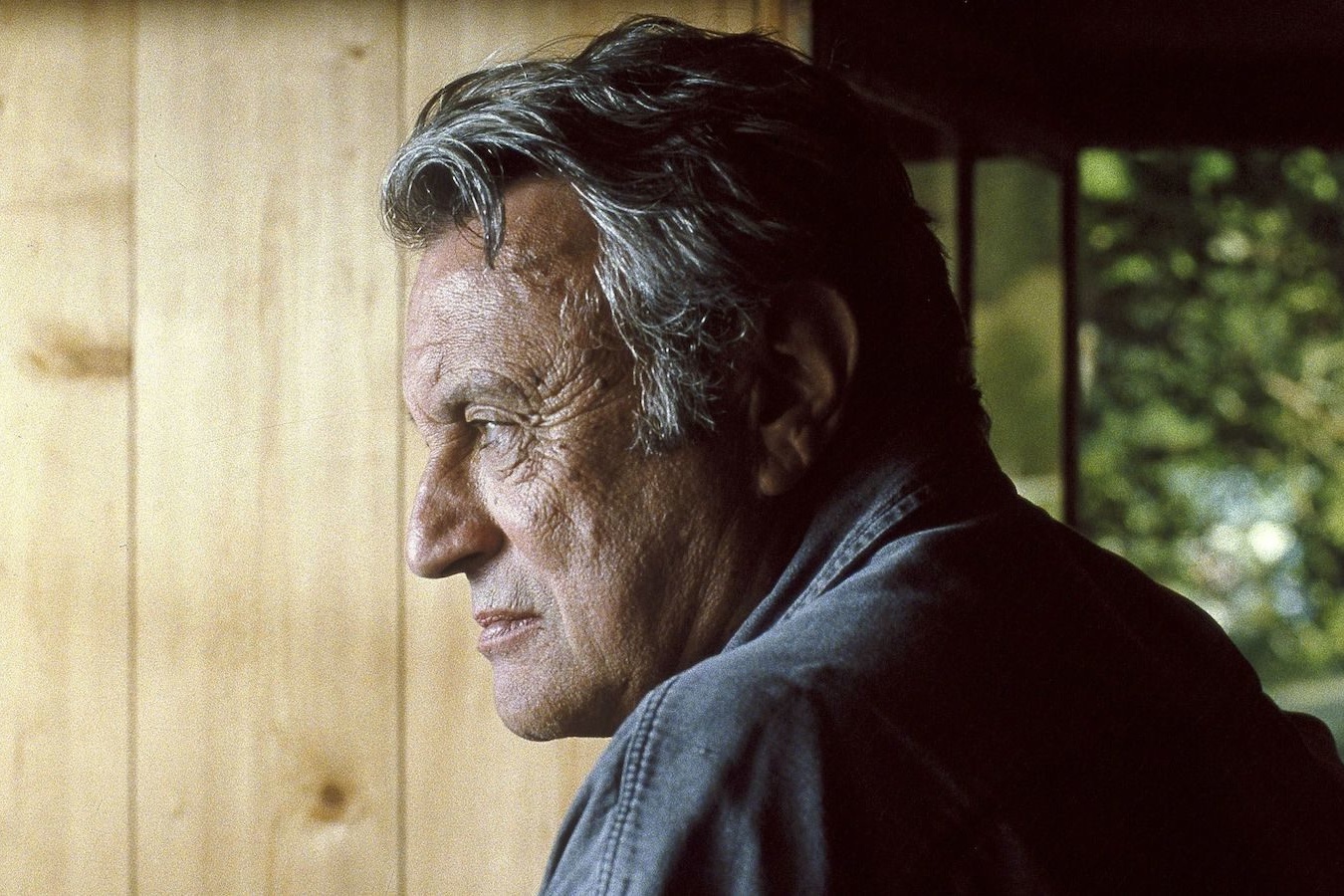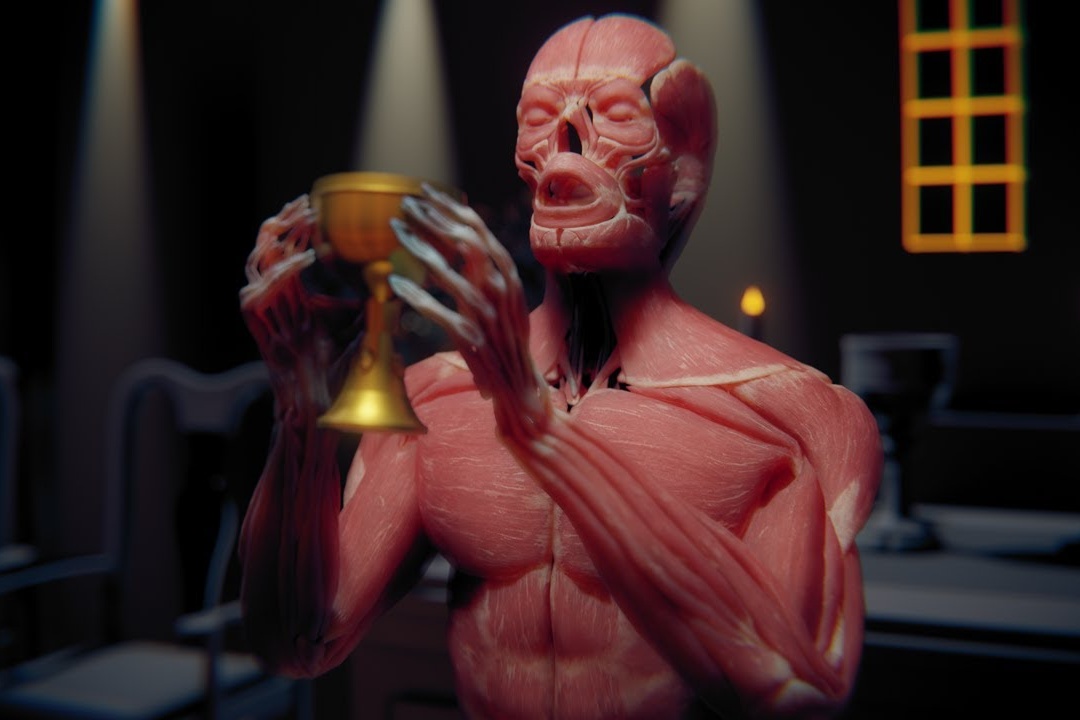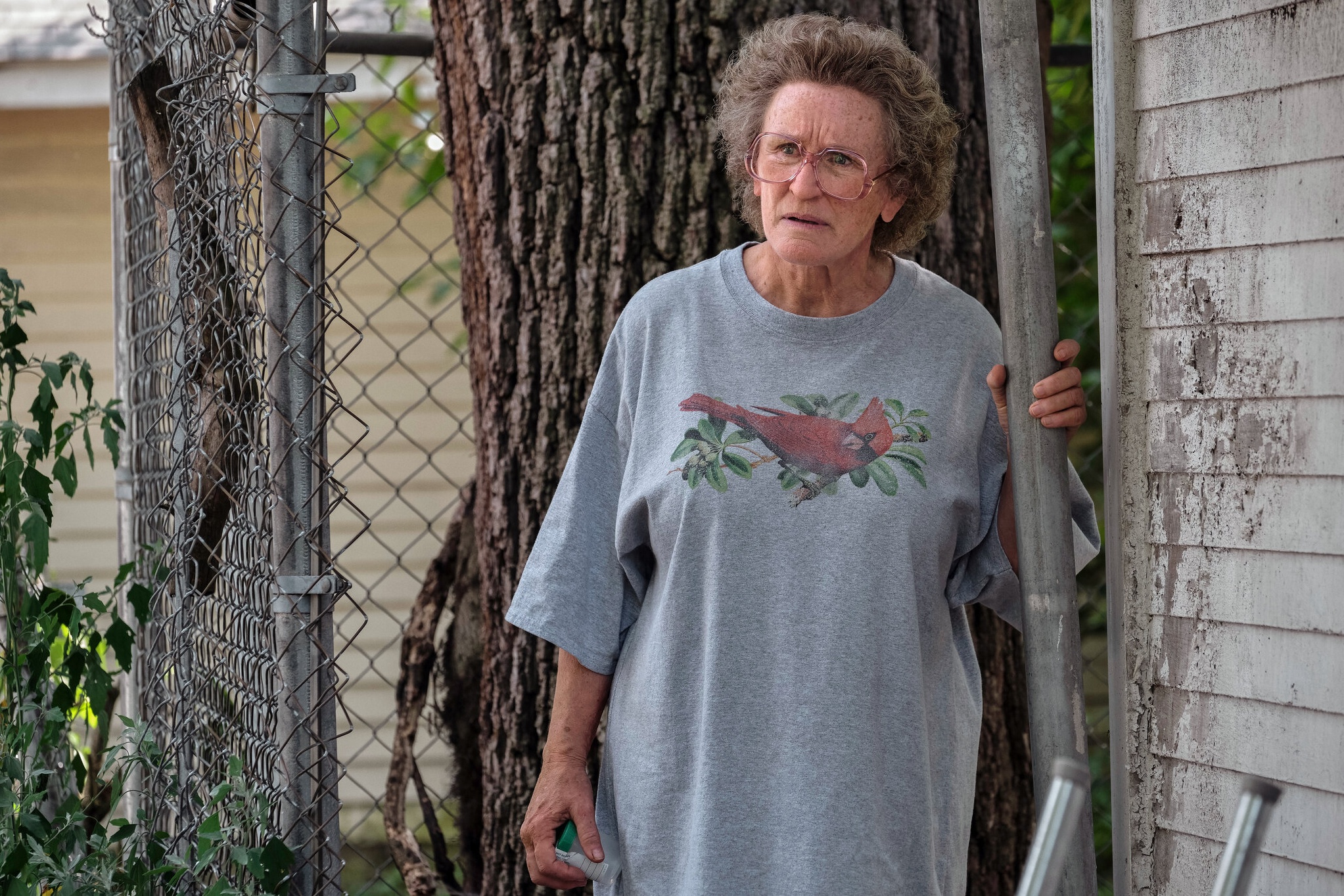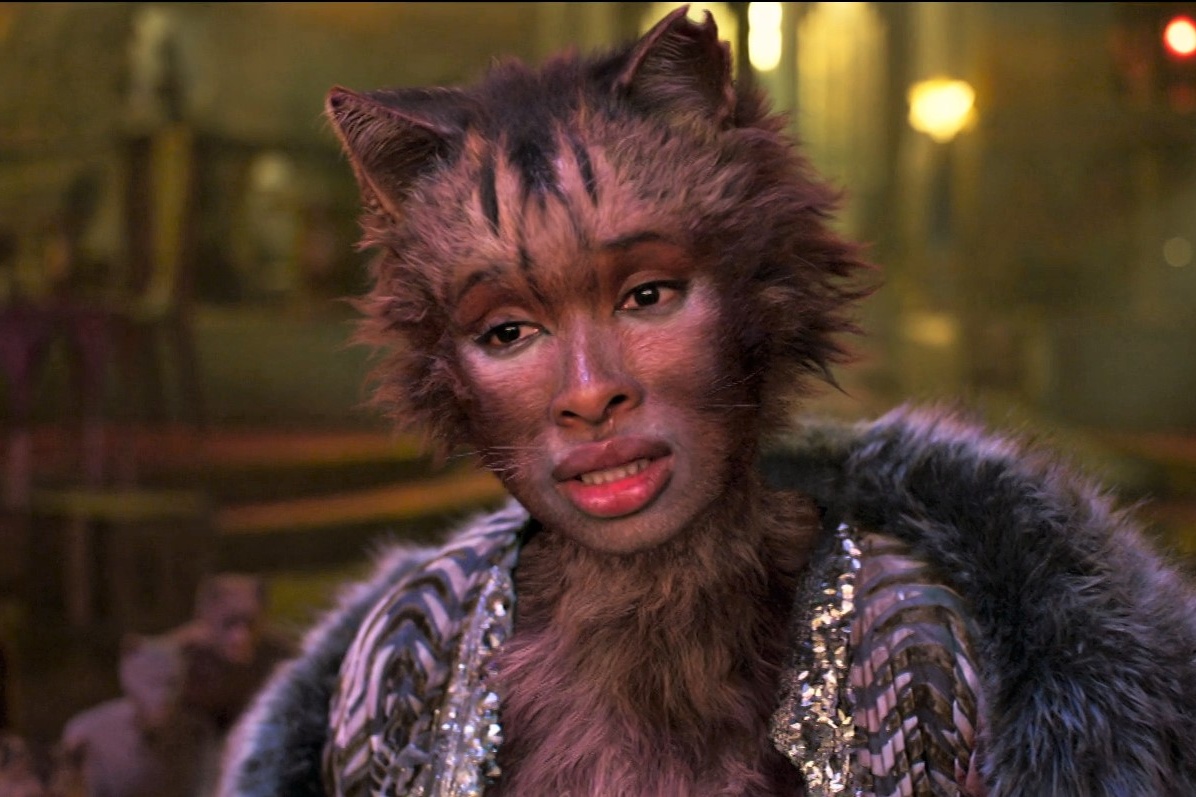Blog Post
May 22, 2023
May 22, 2023

I interviewed the filmmaker Charlie Shackleton about his found footage film The Afterlight twice: first for an academic essay on the film, and then for this article written to coincide with its fiftieth screening at the BFI’s inaugural Film On Film festival. Both proved to be facinating chats, and while never intended for publication in full, I am sharing them here for anyone interested.
Theo Rollason: Where did the idea for the film come from?
Charlie Shackleton: I've made a lot of work that’s archival, in one way or another. I've worked with a lot of existing material. And one thing that's always fascinated me about it, especially fiction archive, is the way it forms this accidental record of the circumstances of its own production. So that alongside the story it's telling, to watch an old film is also to watch a record of the action and expression and movements that went into making it, as well as the cultural context of the time and place where it was made. There’s that famous Godard quote about every film being a documentary of its own making, and I don't know if he meant it in quite that sense, but that was always what resonated with me.
Especially if it's an older film, it's a record of something that few living people are now in the possession of a memory about. And so, the film archive started to feel to me like a repository of memory — that these past events and performances were being stored in the abstract of cultural memory. The Afterlight was really born of that, of trying to imagine a film that would serve as an emblem of cultural memory. How it would feel, look and sound to have a film in which everyone on screen was dead, how that would inform your viewing experience. And then the secondary element of the film was it existing as a single print and therefore also having a lifespan.
TR: Where did you gather the archive footage from? Were you working at all with celluloid film or was it all digitised material?
CS: It was all digitally constructed. The material is from a bunch of different places, but primarily only what's been made available commercially in some form or other. So I was dealing with several layers of selection that had happened prior to me. Obviously, it's not just what people have chosen to keep and preserve, but also what they've chosen within that pool to put out into the world, because they perceive there to be a demand. That changes what the film ends up being, in that even before I started making my own creative decisions, I could never really be tempted into that illusion of seeing cinema history as this level playing field. It can be tempting when you start cross cutting between films from different places or different times to see the medium as this great unifying force. But I was always reminded, because of the nature of the process, quite how much bias was built into what I had to work with.
TR: It’s interesting seeing the damage to the footage that is used in your film existing on two levels.
CS: There's a whole story just in that. Sometimes it's hard to believe how different two films can look even if made in the same era based on their perceived cultural or commercial value across the decades. Some of those Hitchcock films that are in there look like they were shot yesterday, whereas a lot of the films from outside of the United States and Western Europe have been much worse preserved just because much less has been invested in exploiting them over the years.
TR: Were you looking for the best possible quality that you could find for each clip?
CS: Yeah, totally. I never wanted to overstate the case, so I really was looking for the best thing I could get my hands on in order to fairly reflect those differences. And, obviously, also to make it as legible a viewing experience as possible.
TR: Did you go into the project looking for specific images? Or did you let what you found guide how the film ended up?
CS: I only had the very broad criteria — well, a single criterion, in fact — of wanting everyone who appeared on screen to no longer be alive. Though it seems like a very straightforward limitation, it does immediately narrow the field quite considerably. I realised how much more difficult it was going to be to include anything made after about 1960. You let a single shot hold for a second too long, and suddenly someone walks in the background, and you don't know whether they're alive or not! And then, once you start working on the material made prior to 1960, you find that 90% of what you're looking at is black and white, and 90% of it is in Academy ratio. Each limitation had knock-on effects that formed their own structuring themes.
Beyond that, it was a bit of a random selection. Just trying to, as much as possible, work impartially with what was out there, being distributed. The big question early on became, how much do I want to fully passively reflect what's been preserved and what's been made available? How much do I want to push against that? I realised if I just reflected truly the state of affairs the film would’ve been 90% English-language, probably 80% American, and I think it would’ve been so overwhelming that it would have read like an intentional choice. That was my intervention as the filmmaker. I ended up moderating that dominance in order to express it. In the final film, maybe a third of the films are English-language, which is enough that you can feel how much that overshadows the rest, but also gives you a chance to get a sense of that patchwork, and how uneven it is.
TR: How much of the of the film is original material? I noticed that Robbie Ryan is credited as the cinematographer.
CS: There's one original shot and it’s the establishing shot of the Afterlight sign. It was a very, very quick job for everyone involved.
TR: How would you describe the narrative shape of the film?
CS: The narrative is obviously very loose, and fairly implicit. It essentially takes the form of a series of spaces and themes more than it does a literal story, although there is an overarching sense of a journey away from a place and then back to it. All of those individual faces and themes have a particular resonance for me, although it's not necessarily one I'd like to impose on anyone else. But I think more important to me than that in the making of the film was just to create that kind of fluid continuity and discontinuity at the same time. There's a there's a continuity that comes with cutting together twenty shots that are all in a similar kind of space. But of course, there's so much that separates those shots, both literally what they look like but also their original narrative context, all manner of other things. And so the narrative such as it exists was to me just an interesting thing to counterbalance that constant disassociation that you get from how different the material is.
TR: You’ve made a film that only exists as one print, and therefore won’t be around forever. Do you understand that in negative terms, and would you be comfortable with readings of the film that frame it as a protest against the current state of film preservation? Or is there a sense of acceptance in there too?
CS: I see film loss as something ambivalent. For one thing, it's just inevitable, because we can keep every film ever made. Even if we decide to invest huge amounts of the world's resources towards that, we can't make anyone ever be interested in 99% of them, because there's too many and people tend to want to hold on to the stuff that's meaningful to them and not all the rest. So film loss is both inevitable and kind of has to be unless we force people to watch stuff they hate. Even archivists will tell you that most of what sits in their archives will never be seen, because there's no audience for it, and it's very unlikely that an audience will ever be created for most of it. The BFI archive here have god knows how many prints, and duplicates, and duplicates of duplicates of films that have probably never been screened once since they entered the archive. So film loss is just practical reality on one hand.
I think the much more important question is what gets lost and why. Because more often than not, it isn't an equitable scenario, where the best stuff or the stuff that means the most to people is kept and everything else gets forgotten. It's much more dependent on commercial factors, geographic factors, all kinds of other biases. But also, I think that one value in embracing the reality of losing films and accepting that is that it also forces the issue of what we want viewership to be. It’s two separate things, making a film available and having a film be watched. Often, nowadays, those things are treated as synonymous, when quite obviously they're not. I see it as my duty, having made a film whose availability is more limited than most, to ensure that it actually gets watched out by a wide number of people, by a diverse group of people outside of the standard self-selecting audiences for these sorts of films. That's important to me.
I think the risk is that for a lot of films that are theoretically available to anyone — because they're on some streaming platform or other — often, people take that as an excuse to completely disregard the question of who's actually watching, and what work might need to be done to change that. The goal of access is meant to be diversifying audiences. And yet I think often when people talk about access without proactive effort to reach people, you just create another echo chamber, just one that happens to be less geographically focused. But yeah, as to the original question, about losing films. What’s become the more important question is, forget what it means to lose a film. What is it to keep one?
TR: What do you anticipate the future of the film being?
CS: There's been a brief hiatus as the world reels from COVID. This film does not lend itself so kindly to online festivals, obviously. But in the spring, it'll start playing festivals again. And it's going to be touring for several months, around those. Then, in the summer, I'm going to bring it back to the UK and tour around cinemas here. Hopefully, one way or the other, I'm going to tour around parts of the UK that don't already have a 35mm screen. That's another inbuilt limitation of this film is, it tends to only be the areas that are already best served by arthouse and experimental film, that have the facilities to play 35mm. We're hopefully going to take a portable projector to the venues that don't. But that is all still very much a work in progress.
TR: When we last spoke, we touched on this idea of the film as this ephemeral object designed to be lost, all this gloomy stuff about loss and decay. But when I saw the film — I think it was the fourth public screening — any actual damage to the print was basically unnoticeable. Has that changed? What's the condition of it now?
CS: It's funny. The screening at Film On Film will be the 50th — at least, 50th public — screening; obviously, venues do test screenings to make sure the print is ready to be projected. But 50 screenings nowadays in the digital era means something very different than it would have meant 30 years ago. Mainly because the venues and the projectionists that are still screening celluloid are kind of the experts; everyone else left it for digital. And so these days, if anywhere is projecting 35mm, they really know what they're doing. As a result, the damage incurred in any given screening is much less than it used to be. The weird irony of the death of 35mm is that there's been this commensurate rise in the standard of projection. I never turn up at a cinema to meet the projectionist and meet a 17-year-old who was taught how to use the projector yesterday. It's almost always a veteran who's been doing it for decades.
That said, the print is absolutely different than it would have been when you saw it in its earliest screenings. For the most part, that's the gradual wear and tear that builds up over time. It's most evident around the beginnings and ends of the reels, which tend to get the most handling and therefore the most damage. When you when you get to the end of each 20 minutes, and you can see a gradual flurry of scratches rising up to the point of the reel change and then filtering away on the other side.
One of the interesting things is that the print, even though it's a black and white film, is printed on colour film stock. Because of the way that the — I'm going to bastardize this now slightly — because of the way the dyes work in colour film stock, when you get scratches, the deeper scratches eat into the top layer of emulsion, and that reveals the green dye. And so a lot of the deeper scratches that have appeared on the print since it started screening now appear green. Gradually, this black and white film is sort of becoming, oddly, a colour film.
TR: Why was it printed on colour film stock?
CS: Purely practical necessity. The lab that printed the film didn't have a black and white film bath. And so the only option was to print to colour in less I went with a much more expensive lab in the US. Real purists will absolutely tell you that it’s sacrilege to print a black and white film on colour stock, because of the subtle differences between the two. But I'm not enough of a purist to care to be honest.
TR: It sounds like you're going to get something more interesting anyway.
CS: Yeah, quite possibly. Beyond that, there's been a few more noticeable changes. I mean, one of the weirder ones was that about 20 screenings in, and I'm not entirely sure where this happened because they never owned up to it, but some of the countdown frames on the first reel burned, presumably because the projectionist uncovered the dowser too quickly before the print was up to speed and so the heat of the lamp burned through the countdown frames. Incredibly, three frames were burned through and these were then clipped out by another projection and been given to me. It was only then that I realized that the three frames were 666, which looks extraordinarily ominous with these orange-red burns through them.
There’s some changes to the sound due to damage that crosses over into the area of the analogue soundtrack. There's this one particular bump that has emerged just before the beginning of the end credits. The film ends and then there's this big skip noise, almost like a jolt. I have no idea what that is. I keep meaning to get a projectionist have a look for me, and tell me why it's doing that. To be honest, I'm probably not even aware of most of the changes, because I haven't watched it in a year at least. I don't really know what state it's in right now, even though I can literally see it with my own eyes right now, because it's in a case in my living room waiting to go off to the BFI.
TR: Is touring still the future for the print?
CS: Definitely. At this point, it's just dependent on how many people want to screen it. I'm more than happy for literally anyone who wants to screen it to do so. And I suppose what will inevitably happen is, as I move on to working on other things, I'll be less actively pursuing screenings, although I'd like to still try to do that. If and when I travel anywhere, I'll always look if there's a cinema locally that screens 35mm, to see if I could suggest to them the possibility of me bringing the print with me and screening it. But I think realistically, it will become more a case of whoever wants to screen it, reaching out to me and me doing whatever I can to make that possible.
TR: Have your own thoughts or feelings about the film, particularly as a single print, changed over the course of touring with it?
CS: I think when I started, there was still some part of me that felt quite precious about it, because it hadn't been seen by very many people yet. The thought of the damage I'm describing, let alone the prospect of it somehow getting lost or destroyed, was still very anxiety inducing. Even though that was obviously the point, I hadn't quite made my peace with it, because the thought of it somehow disappearing, and having only ever been seen by a few hundred people, was still a fairly terrifying one. The more people have seen it, the more that feeling has faded away. It really, sincerely doesn't feel like my film anymore. I feel very much at ease with the idea of it going off to whatever venue or temporary caretaker that it goes to, because it just feels like that's when it's living its strange life that I've created for it. Over fifty screenings, it's not the biggest audience in the world, but that's thousands and thousands of people who have now seen the film and I think if the worst happened, I could certainly live with that.
